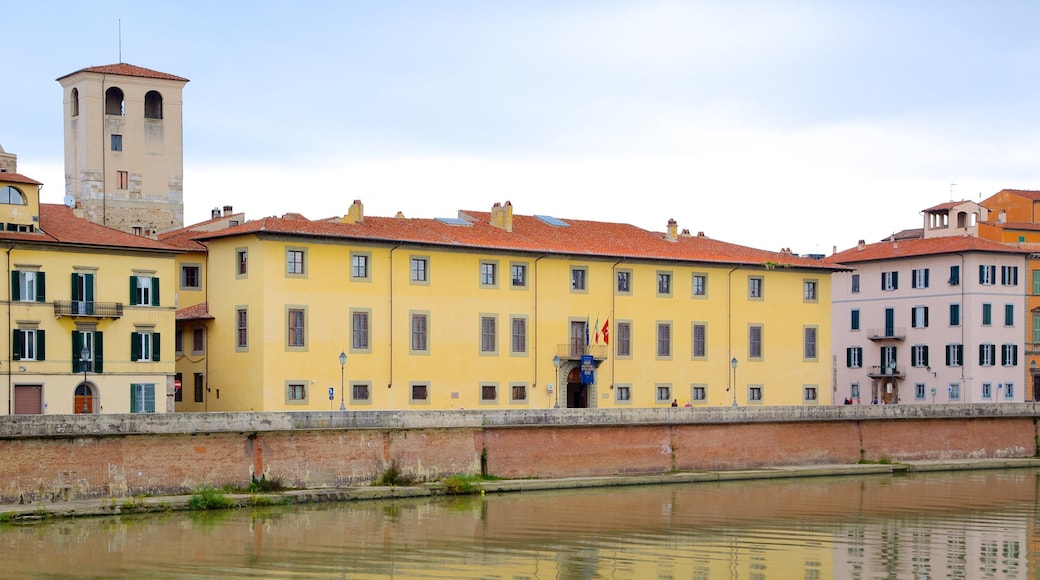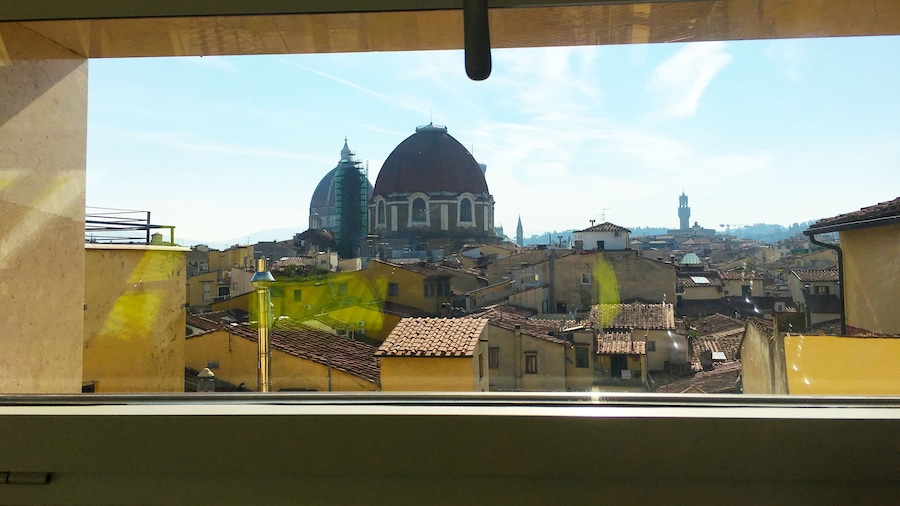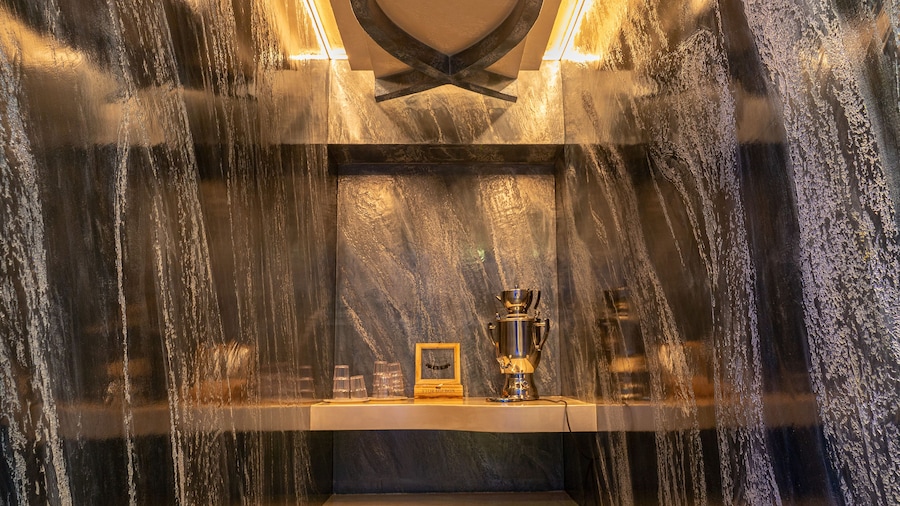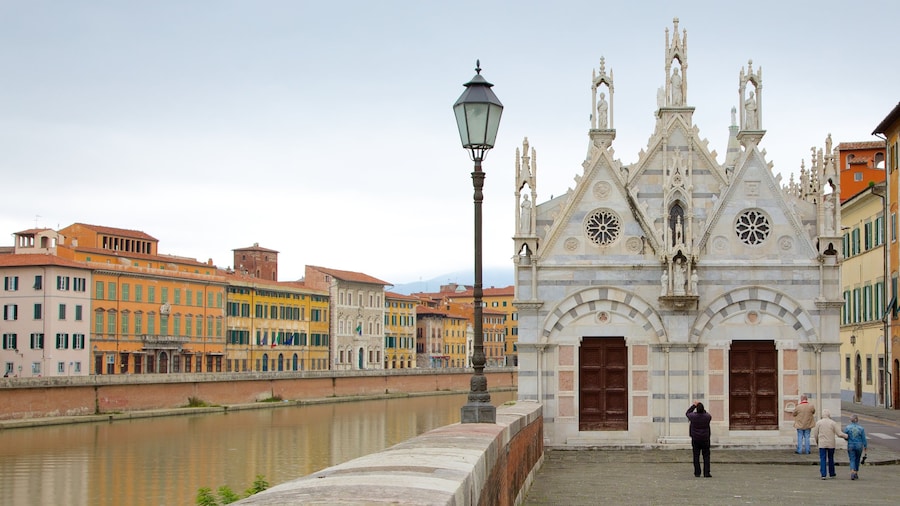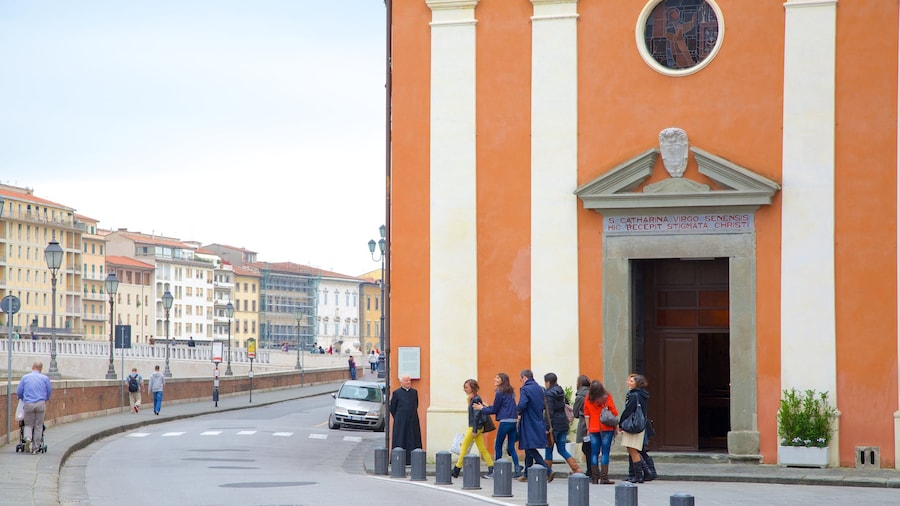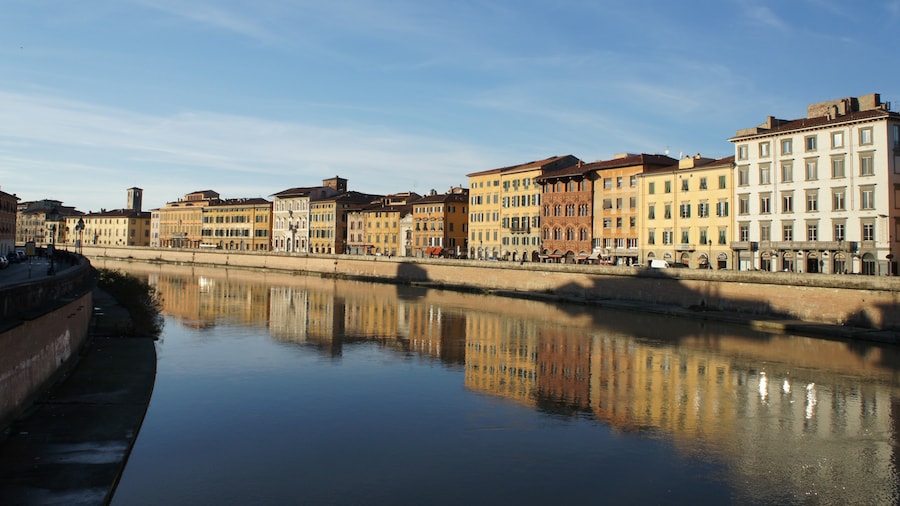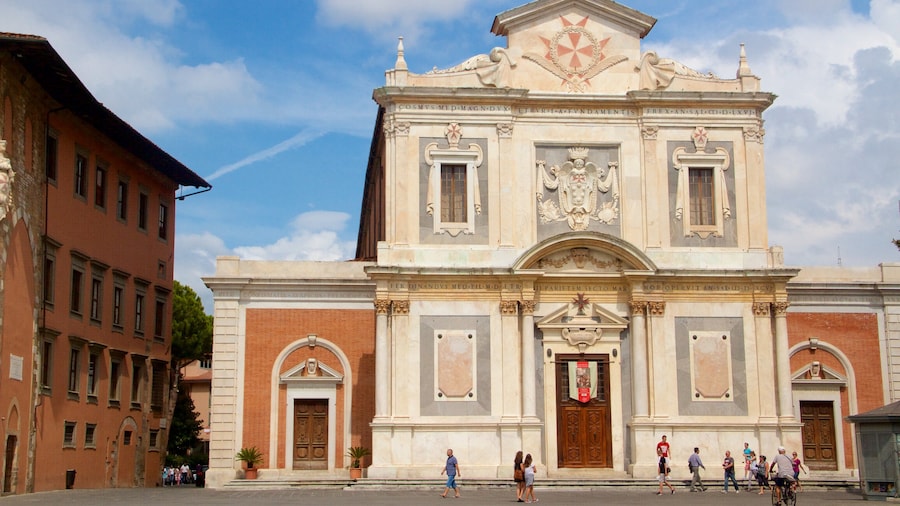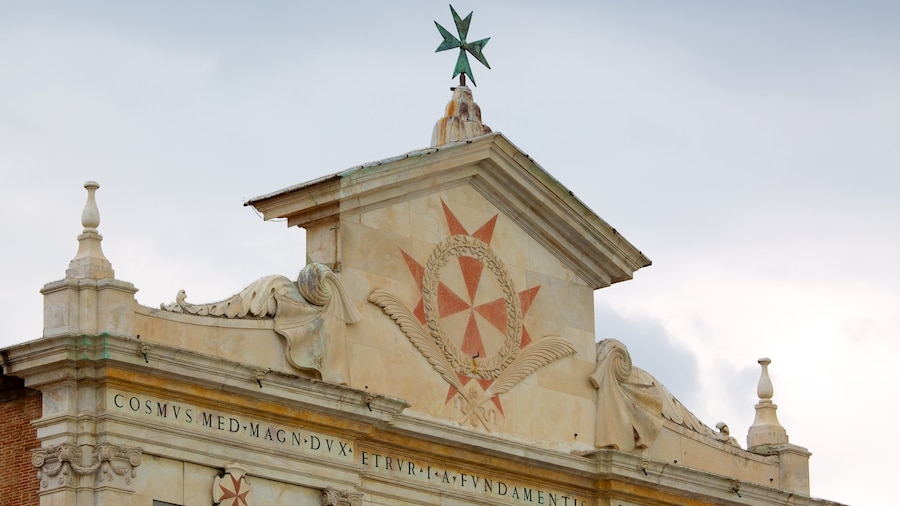The extensive collections of the three families that resided in this lavish palace are on display next to artwork by some of Italy’s most famous painters.
The Medici family had the Pisa Royal Palace (Palazzo Reale) built in the late 16th century as a seasonal home away from Florence. The grand residence has a history that includes notable figures, lavish events and a vast collection of artifacts. Since 1989, the palace has been home to the National Museum and showcases many of the works collected during the 16th and 17th centuries by the Medici, Lorena and Savoia families alongside clothing, furniture and armory from the time.
Walk through Pisa’s historic city center to reach the huge palace. While understated in design from the outside, the building is immediately recognizable for its sheer size. Look for the Torre della Verga d’Oro, a small tower said to have been used by Galileo to identify the stars.
Enter the National Museum of Palazzo Reale to discover vast and diverse collections of artifacts. Each of the families that called Palazzo Reale home brought their own tastes in art to the palace. You will see many different styles of artwork, and not just frescoes and religious pieces that the city is famous for. There are sophisticated tapestries produced for the palace by Flemish artists of the 16th century alongside a vast collection of ivory miniatures. Learn about the fashion of the time as you discover Eleonora di Toledo’s collection of gowns. The nearly 900 pieces of armory from the 16th and 17th centuries provide a great introduction to Pisa’s rich military history.
Pisa’s premier institution for the preservation of archaeological and artistic treasures is also located within the building.
Pisa’s Royal Palace is located on the north bank of the River Arno, in the center of the medieval city. Walk here from the city center or take one of three bus lines directly to the palace. Parking in the city center is notoriously difficult, but just across the river you’ll find metered parking. The palace is closed Sundays, Tuesdays and major public holidays. An admission fee applies.
